2022 – 2026
Guiding Principles
VISION
The #1LISD community cultivates each student individually to produce the most sought-after creators of our future world.
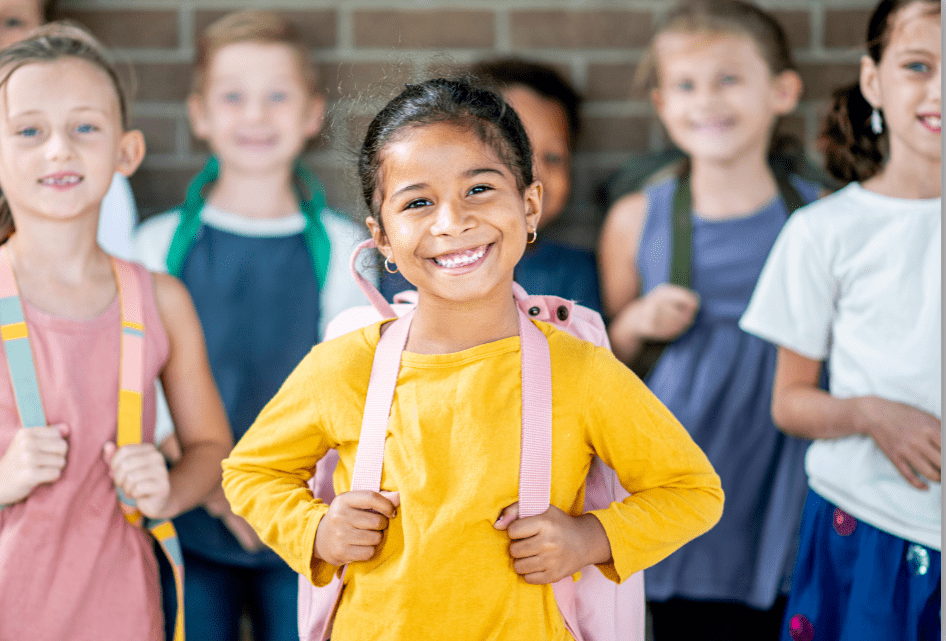
MISSION
We will cultivate each individual student by:
- Knowing and appreciating them
- Creating a safe and supportive environment to nurture their personal growth
- Partnering with each family
CORE BELIEFS
As a public school organization, we hold these truths to be our core beliefs:
- Each and every student is at the heart of our decisions. This requires a focus on students and all elements that impact their overall student experience in order for them to reach their maximum potential.
- LISD life-changers (each and every staff member) should be empowered so they can inspire our students to own their learning.
- Our LISD family, which includes our students and their families, life-changers board, and community members, thrives when we ensure a welcoming, safe and caring environment in which we treat one another with integrity, respect fairness, and acceptance while appreciating our differences.
- A deliberate and intentional focus on relevant and deeper learning for each student will optimize individual outcomes and personal growth.
- Developing and maintaining meaningful, collaborative relationships between all our LISD family is vital for a whole child, student-driven experience.
GRADUATE PROFILE
- Critical & Creative Thinkers who seek and solve problems through curiosity, flexibility, and innovation.
- Skilled Communicators & Collaborators who listen to understand, express ideas with empathy, and work collectively toward shared outcomes.
- Compassionate Community Contributors who value diverse perspectives and share their unique gifts with the world.
- Adaptable & Reflective Individuals who confidently embrace their strengths and challenges while pursuing their interests and passions.
Plan Overview
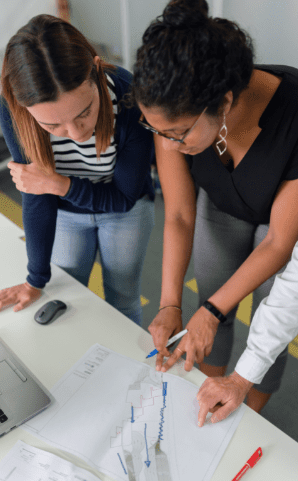
WHAT IS A STRATEGIC PLAN?
A documented process designed in collaboration with our diverse #1LISD community to provide a clear roadmap for the district.
WHY DO WE NEED A PLAN?
To formalize our school district’s vision, mission and core beliefs, while providing the district with a clear focus and direction around the collective hopes and dreams identified for our students.
HOW DID WE START THE DEVELOPMENT PROCESS?
In February 2020 a series of Community Conversations began at each of our six feeder patterns, then later updated in Fall 2021 through virtual conversations. These sessions were focused on what Leander ISD parents, students, staff, and community members’ identified as their hopes and dreams for our students.
Development Process
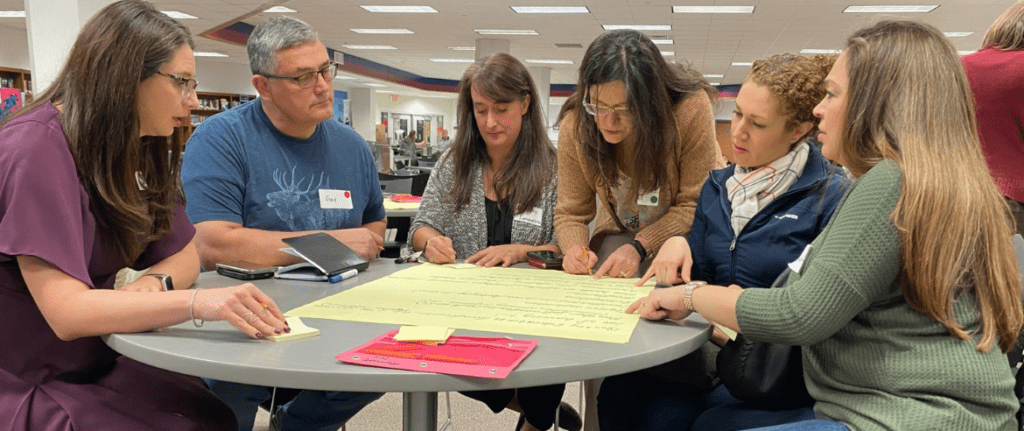
FOUNDATION
The community conversations drove the development of the district’s vision, mission, core beliefs, and the updated Leander ISD Graduate Profile. These guiding principles serve as the foundation of our strategic plan and provide direction by keeping everyone focused on where we are going and what we are trying to achieve.
DISCOVER & IDENTIFY
While maintaining a solid foundation, transparent process and valuing the voices in our community, we trusted a plan would emerge and set the district’s course for the next five years. After countless feedback opportunities, highly iterative and collaborative processes with passionate, cross-functional groups, a path emerged and five focus areas were identified and established by the Leander ISD Board of Trustees:
- Empowered Student Learning
- Empowered Staff
- Impactful Family Engagement
- Equitable Access
- Safe and Innovative Learning Environments.
Five Strategic Focus Areas and Goals
1. EMPOWERED STUDENT LEARNING

GOAL
Empower students through meaningful learning experiences to optimize growth and embody the Leander ISD Graduate Profile.
BENEFIT
Students will have agency over their learning, build a growth-centered mindset, and feel empowered to pursue their dreams.
SYSTEM RESPONSE:
- Create and support a culture of deeper learning for all students and staff.
- Refine existing and develop new systems to promote student ownership of learning.
- Align processes to support students and staff in the acquisition of the LISD Graduate Profile.
KEY QUESTIONS
- To what degree do students have the opportunity to engage in meaningful learning experiences to deeply explore & investigate areas of aptitude and interest and build real-life skills for their future
- To what degree are students equipped with the skills and opportunities needed for academic & personal growth that will serve them outside of & well beyond school?
- To what degree are students demonstrating the Graduate Profile attributes?
PROPOSED EVIDENCE
- Perceptual survey of students, staff, & parents related to opportunities and supports for deeper learning, overall well-being, level of engagement, & student empowerment.
- Standards-based grading practices & reporting of Graduate Profile attributes & skills.
- Graduate Profile Capacity Matrices.
- State & National Standardized Assessment Data.
- District & Campus Assessment Data.
- Performance Assessments Data.
- Alumni surveys & focus groups.
- Student Portfolios/Student Defense of Learning Opportunities.
2. EMPOWERED STAFF
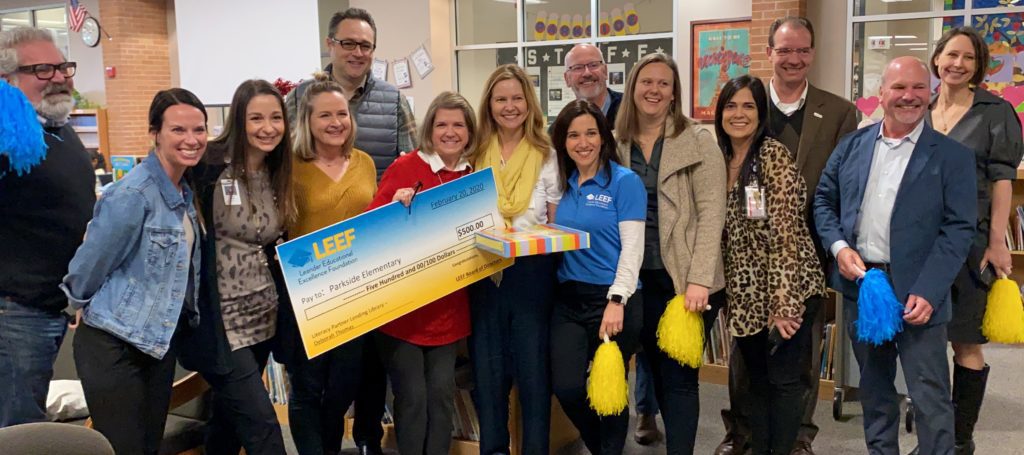
GOAL
Attract, grow and retain a collaborative community of first-rate employees who are empowered to meet the needs of each and every student.
BENEFIT
Students and staff leverage impactful relationships and high-quality learning experiences to inspire curiosity, interests and passions.
SYSTEM RESPONSE
- Continue to expand and enrich recruitment and retention efforts to attract and retain high-quality candidates and identify campus-specific needs.
- Improve professional learning opportunities and ensure alignment with the district’s core beliefs, vision, mission and graduate profile.
- Improve processes for recognizing and support LISD staff.
KEY QUESTIONS
- To what degree are we attracting, growing, and retaining first-rate employees committed to the Leander ISD values, principles, & culture?
- To what degree do Leander ISD staff feel equipped and empowered to:
- Build impactful relationships with each & every student?
- Advocate for and meet the needs of each & every student?
- Utilize innovative instructional practices that inspire curiosity, interests, & passion within each and every student?
- Own their own learning?
- To what degree do Leander ISD staff feel valued & connected to their campus/department & the district?
PROPOSED EVIDENCE
- Comparison of perceptual surveys of students, staff, and parents on questions related to student empowerment, student-teacher relationships, & meeting student needs.
- Perceptual staff surveys related to district values, principles, & culture, collaborative culture, empowerment, & feelings about the level of connectedness.
- Comparison of student vs. staff demographic data over time.
- Analysis of recruitment practices & data.
- New-To-Profession, Mentor Surveys & Reflection.
- Exit interview/survey data.
- Staff retention/turnover rates.
- Fill rates by position type overtime.
3. IMPACTFUL FAMILY ENGAGEMENT

GOAL
Engage our diverse community by fostering positive relationships through reciprocal communication and collaboration.
BENEFIT
Students will experience support for academic and social-emotional success through strong school, family and community partnerships.
SYSTEM RESPONSE
- Review and redesign systems to improve trust, mutual respect, and shared responsibility within Leander ISD.
- Strengthen partnership opportunities within the community to benefit students.
- Improve processes for reciprocal communication at all levels and to all audiences.
KEY QUESTIONS
- To what degree do we foster positive relationships by demonstrating mutual respect for the diverse perspectives of all Leander ISD stakeholders?
- To what degree do we create an environment of trust with students & families through meaningful opportunities to partner with & connect to their student’s learning?
- To what degree do our students & families feel welcome & have a sense of belonging in our school community?
- To what degree do we include students & parents in campus & district decision-making?
- To what degree do parents feel that we have effective reciprocal communication opportunities?
PROPOSED EVIDENCE
- Perceptual survey of students, staff, & parents on trust, opportunities for partnerships that enhance student learning, & sense of belonging.
- Documentation/summary of opportunities by campus, school level, & district.
- Program surveys related to family engagement .
- Examination of artifacts related to the inclusion of students & parents’ participation in campus and district decision-making & reciprocal communication opportunities.
- Counts of opportunities & participants in the decision-making process that include parents/students.
4. EQUITABLE ACCESS

GOAL
Ensure equitable access to opportunities by eliminating barriers for each and every student.
BENEFIT
Each and every student will have opportunities to actively participate in their learning and grow to become the best version of themselves.
SYSTEM RESPONSE
- Develop and promote a shared understanding of equitable access.
- Create and implement processes to identify and eliminate barriers to equitable access to high-quality programs and resources in LISD.
- Promote equity in access to resources, including technology tools and digital resources
KEY QUESTIONS
- To what extent are we identifying, measuring, and responding to the barriers to access within programs?
- To what degree are we providing all students knowledge of access to academic and co- and extra-curricular programs?
- To what extent are we providing equitable resources that allow us to eliminate barriers in order to provide students access to all programs in Leander ISD?
PROPOSED EVIDENCE
- Perceptual survey of students, staff, and parents on barriers to access knowledge of Leander ISD programs, and access to desired programs, services, and opportunities.
- Quantitative and qualitative analysis of enrollment patterns by student group in Advanced Programs, Fine Arts Electives, Athletics, and Career and Technical (CTE) courses.
- Case studies that illuminate student experiences related to barriers.
- Documentation and analysis of successful strategies.
- Review of artifacts used to communicate.
- Analysis of the allocation of resources to ensure equitable opportunities.
- Comparison of student course requests and eventual master schedule course offerings.
5. SAFE AND INNOVATIVE LEARNING ENVIRONMENTS
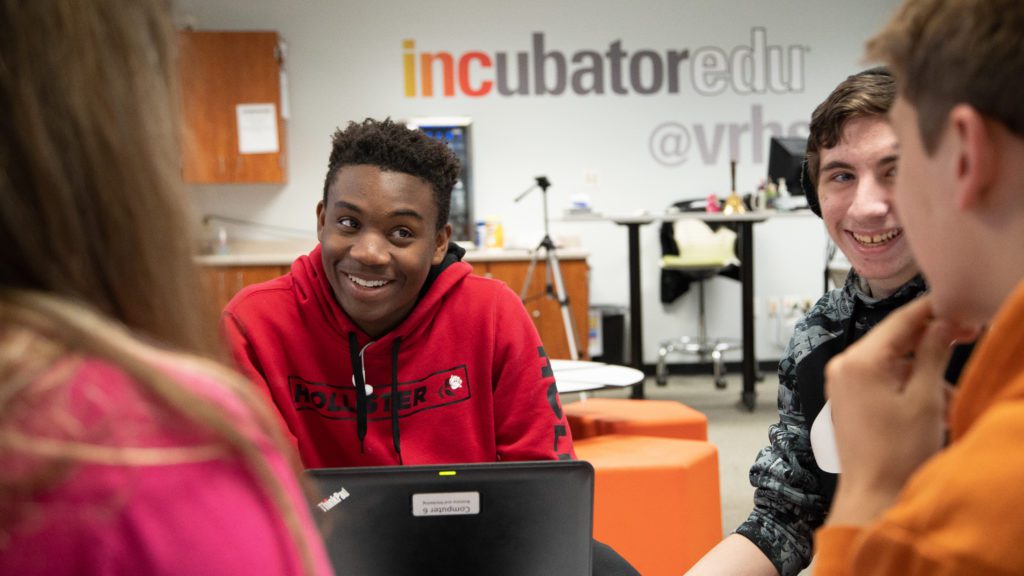
GOAL
Provide safe, supportive, inclusive, and innovative environments to inspire each individual learner.
BENEFIT
Students will feel valued and inspired to embrace challenges, take risks, advocate for their learning, and leverage their strengths as they grow and contribute to their community.
SYSTEM RESPONSE
- Update the long-range facilities plan to meet the changing needs of LISD’s growing population for safe, inclusive, and innovative learning environments.
- Develop processes to elevate student voice in decision-making and challenge learners to own their unique pathways for success.
- Support inclusive and safe spaces for all students to own their learning and pursue their interests and passions.
- Implement flexible structures and strategies that focus on student engagement in meaningful learning.
KEY QUESTIONS
- To what degree do our learning environments promote a sense of belonging and ensure each learner feels included, accepted, and safe to be their individual self in our classrooms and schools?
- To what degree do we empower student voices in their learning pathway and nurture each child’s unique needs, passions, strengths, and aspirations?
- To what degree do students have innovative pathways that model a culture of risk-taking and failing forward through productive struggle and persistence in new learning?
- To what degree do we design the physical learning environment, including technology and tools, to promote student and teacher success?
PROPOSED EVIDENCE
- Perceptual survey of students, staff, and parents on the sense of belonging, feeling emotionally and physically safe, empowerment access to technology and tools supportive of learning experiences, and satisfaction with Leander ISD facilities.
- Analysis of student pathways available (including co- and extra-curricular offerings & participation).
- Bullying/Discipline data.
- Attendance.
- Analysis of opportunities for students to nurture passions, strengths, and aspirations, including case studies and program data review.
- Comparison of student course requests and eventual master schedule course offerings.
Looking Forward
This long-range plan will drive the work in the district for the next five years. With the goals and strategies clearly outlined, we will utilize the strategic plan to develop and align annual district and campus improvement plans. While this plan represents the best thinking of hundreds of #1LISD stakeholders that participated throughout this process, we recognize that we will continually need to iterate and update this plan throughout the five years in order to ensure the attainment of our goals.

